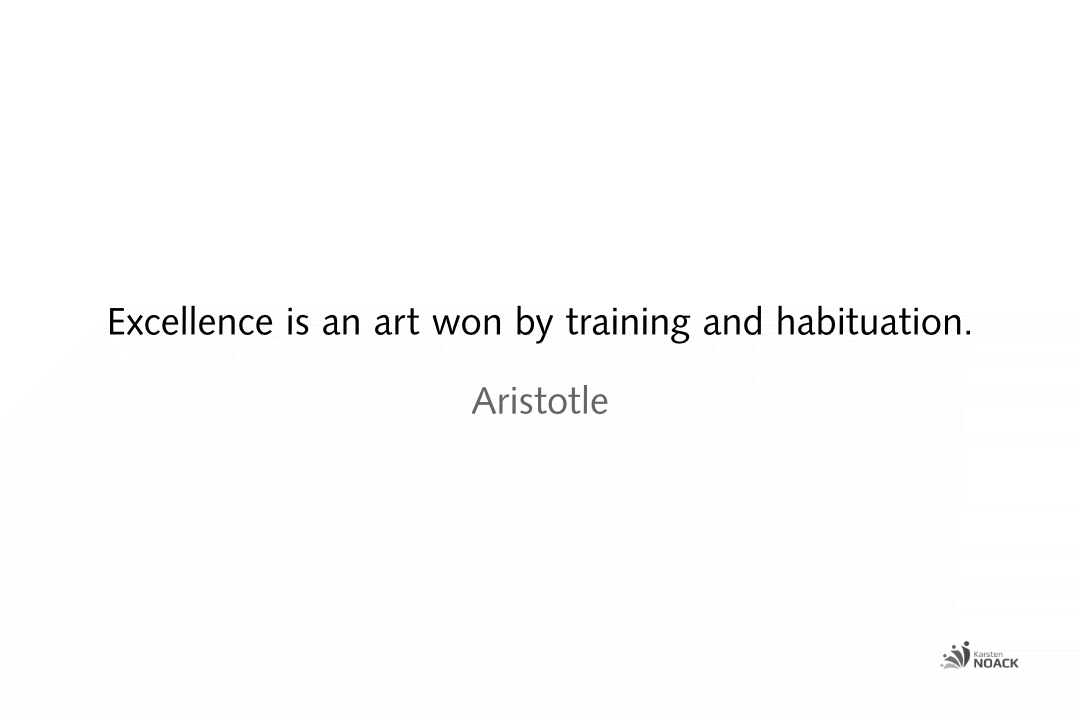Ace Impromptu Speeches With P.R.E.P.
The art of impromptu speaking
Impromptu speaking made easy
Learn more about P.R.E.P. and how you and your audience will enjoy spontaneous speeches with this speech structure.
Overview
P.R.E.P. and how you and your audience will enjoy impromptu speeches
Even the most confident and experienced speaker gets a little warmer when asked to speak at short notice about something they haven’t prepared for. What about you, do you like the moments when you are asked to say something? Are you speechless, or do you welcome such an occasion? Some like it and others stand there stuttering, with sweaty hands and a pulse rate like after a hard workout.
Don’t miss these chances. There are many opportunities for spontaneous speaking, be it in an interview, at a meeting at work, or a social event like a birthday.
From zero to a hundred
What’s there to say in a nutshell? How do I start and how should I make an impression? Am I for or against an idea? Sometimes it is necessary to clarify your point of view first. The many thoughts need to be arranged in such a way that they can be convincingly presented to the audience. Therefore, one of the first steps in the selection of an appropriate speech structure.
Master impromptu speeches with P.R.E.P.
A very simple language structure, which is suitable for open speech, is P.R.E.P. Here each letter stands for an English term, a kind of mnemonic. With P.R.E.P. you can prepare a speech in a very short time and even use it in a spontaneous speech.
P.R.E.P. stands for:
Point
Start your speech with your main point. Concentrate on one point instead of naming too many aspects at once. This makes it easier for your audience to follow your thoughts.
Reason
This refers to reasons in the sense of justification. Tell your audience why you think your argument is true. If available, you can use research and statistics if they are credible.
Example
Use one or more examples to illustrate your most important points and reasons.
Point
Repeat your core messages so that they affect the minds of the audience.
Just ask me personally
Please post any questions that may be of interest to other readers in the comments. Looking for professional help?
If you are interested in coaching, training or consulting, if you have organizational questions, or if you want to make an appointment, you can reach me best via this contact form (you can choose whether you want to enter your personal data) or via e-mail (mail@karstennoack.com). The privacy policy can be found here.
Transparency is important. That is why you will find answers to frequently asked questions already here, for example about me (profile), the services, the fees and getting to know me. If you like what you see, I look forward to working with you.
Remarks:
In the address bar of your browser, the URL should begin with "https://www.karstennoack.com/...". This indicates a secure connection (SSL). Whether you enter your real name is up to you.
Being right at all costs. The price we pay for needing to be right.
Persuading without arguments, assertiveness, winning without consideration, knockout by nasty tricks, black magic, manipulating. It is a coveted feeling to be right.
Structure for speeches and presentations: Take your audience from hell to heaven.
Do you offer a way to better conditions? It’s about promoting change? Whether products, processes, etc. Do you want to hold a public office?
I call this easy to use and very effective speech structure the “Hell-Heaven-Way”. If the conditions are untenable and there are solutions available, you can also use it outside the church to convince your audience.
The first rule of rhetoric: Let us start with the basics of speaking.
Does everyone have to say something about everything? In my opinion, the most important rule of rhetoric and good communication style is that those who have nothing to say should shut up.
Keith Johnstone, improvisational theater, 14 rules and ImproRhetoric™
Keith Johnstone is considered to be the founder of modern improvisation theater and thus provided me with numerous ideas for the development of improRhetorics™. Read the 14 “Rules” of improvisation theater. Models and wisdom for coaching and presentation skills. I do not only recommend the books and ideas of Keith Johnstone to participants in my workshops.
The ancient speech structure for your speeches and presentations
The ancient greek speech structure is probably the oldest structuring formula for speeches. It dates back to antiquity. And it still works today for speeches and presentations. Learn how to convince classically.
How to organize your speech? Speech structure: Opening, body, conclusion
How do you organize your speeches and presentations? In this article, you will find the simplest structure already taught at the school level. It is still taught because it still works.

This article is a short excerpt from the more comprehensive course materials my clients receive in a group or individual training or coaching.
Published: June 21, 2008
Author: Karsten Noack
Revision: August 20th, 2023
Translation: ./.
German version:
K:
H:
T: RR
#676






0 Comments